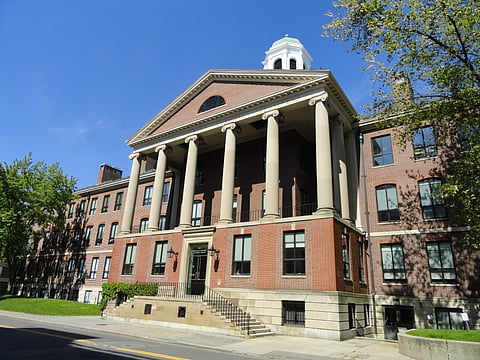

The Harvard University has teamed up with Google to develop a machine learning-based model to predict aftershock locations post a quake. It may help in the deployment of emergency services and assist in evacuation plans, a researcher said.
"We teamed up with machine learning experts at Google to see if we could apply deep learning to explain where aftershocks might occur," Phoebe DeVries, a Post-Doctoral student at the Harvard, wrote in a Google blog post.
Earthquakes typically occur in sequences -- an initial "mainshock" (the event that usually gets the headlines) is often followed by a set of "aftershocks."
Though these aftershocks are usually smaller than the main shock, in some cases, they may significantly hamper recovery efforts.
Even though the timing and size of aftershocks were understood and explained by established empirical laws, forecasting the locations of these events have proven to be more challenging.
Using deep learning algorithms, the team analysed a database of information on more than 118 major earthquakes from around the world, to predict where aftershocks might occur.
From there, they applied a neural net to analyse the relationships between static stress changes caused by the mainshocks and aftershock locations. The algorithm was able to identify useful patterns.
They developed a system, detailed in the journal Nature, that, while still imprecise, was able to forecast aftershocks significantly better than random assignment.
The novel model opens up possibilities for finding potential physical theories that may allow us to better understand natural phenomena, DeVries noted.
"This machine-learning-driven insight provides improved forecasts of aftershock locations and identifies physical quantities that may control earthquake triggering during the most active part of the seismic cycle," the researchers stated in the paper.
